In 2005, Stephen Slevin was arrested for drunk driving in New Mexico. What was meant to be a short stint behind bars would end up being two years of hell for him.
After being pulled over and locked up, Stephen was placed in solitary confinement.
He wasn’t there awaiting trial, nor had he been convicted of the crime he’d been arrested for. Still, he had been thrown into a tiny cell on his own with no end in sight.
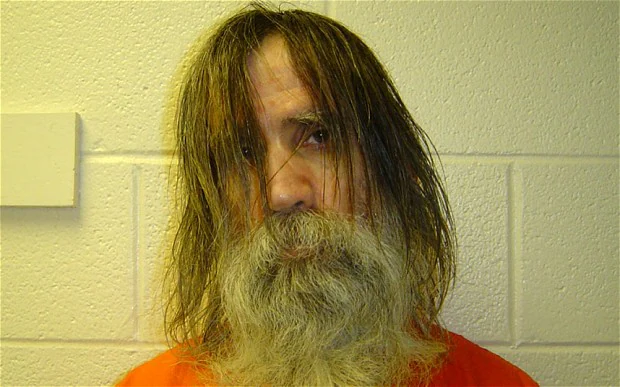

He was given enough food and water to survive, but that was about it. Days rolled into weeks, which became years, and nobody sought to help Stephen or release him from prison.
He was denied medical care, had nobody to ask for help, and had next to no human interaction other than with the guards who brought him his meals.
Even then, he was treated with hostility.
For almost 700 days, Stephen survived inside a small concrete cell with nothing but his thoughts, which had become increasingly delirious as time passed.
His mental health didn’t just deteriorate; his physical health suffered greatly, too. In one gruesome incident, he had to pull out his own tooth because he wasn’t able to get the infection seen to.
He had, in many ways, been left to rot in solitary confinement.
In the end, Stephen deteriorated so severely that he was released as he was deemed “unfit” to participate in his defense.
Ironically, he’d never been given the chance to admit or deny the DUI charge since he’d never been given his day in court.
His eventual 2007 release made news worldwide and led to many questions being asked. Predominantly, how can someone be allowed to simply vanish into the prison system to be left to rot?
Stephen’s Years Of Isolation
Stephen Slevin had endured a rough year in 2005. He was struggling with his mental health and found himself in trouble with the law over various motor offenses. He was battling depression, and life was getting the better of him.
So, he borrowed a friend’s car and used it to drive out of New Mexico to seek new pastures.
Despite things being bad for Stephen, there was no way he could foresee just how bad it was going to get when he was pulled over for driving under the influence in August 2005.
The Dona Ana County Police ordered him out of the vehicle. By a stroke of bad luck, the car Stephen had borrowed from his friend was found to be stolen. Officers arrested him before throwing him in the cells with other lawbreakers.
What should have happened next—a court hearing followed by a jail sentence or rehab—never occurred.
Instead, Stephen was quickly moved from the general population section of the New Mexico jail and placed in solitary confinement. The reason for this is still largely unclear.
While in the small, concrete cell, Stephen assumed he would be there short-term, perhaps awaiting mental evaluation or until his court hearing date. Sadly, he would be very wrong.

No hearing was scheduled for Stephen. He wasn’t given any legal representation. He wasn’t allowed to call an attorney or seek answers as to why he was in solitary confinement.
He wasn’t given any real support for his mental health struggles and spent each and every day alone in his six-by-ten cell.
He had nothing in there except his bed and toilet. No TV or radio for the company, just his thoughts. He had no clock in his cell, and time quickly became meaningless.
For an already mentally fragile man, solitary confinement—particularly when there was no discernible reason for him to be there—was hell.
Initially, Stephen had pleaded with the guards to stand trial. His pleas weren’t heeded.
He begged for someone to look into his case and see that he didn’t need to be in isolation. At least send him back to the general population, he begged, but again, his requests were declined.
After weeks of asking and facing rejection each time, Stephen figured he was wasting his breath. He simply stopped asking for help because he knew it wasn’t going to arrive—nobody was listening to him.
Even if Stephen had been mentally well prior to being thrown into isolation, his circumstances would soon change that. The prison staff were aware of Stephen’s history of depression yet did little to offer anything in the way of help.
With no one to talk to, he began speaking to himself, his sense of reality quickly evaporating. As his mental state deteriorated, so did his physical well-being.
After months and months of lying on a dirty mattress, he developed sores. He didn’t have access to basic hygiene amenities, and his teeth began to get infected, his hair and beard grew long and unkempt, and his body became withered.
The guards could see the madness Stephen was descending into, yet didn’t intervene. It seemed as if he was lost in the system with no way out. The guards seemed content to keep it that way, and the months rolled into years for Stephen.
A tooth infection became so unbearable he had no choice but to pull it out by hand. Basic self-care, like showers and exercise, was a distant memory, as was human interaction.
Any human contact Stephen did have was hostile; the guards treated him without care and spoke to him with disdain.
While he was being treated like a high-security prisoner, the truth was that Stephen hadn’t even been charged with a crime. Then, in 2007, he was suddenly released.
However, Stephen wasn’t the same man who entered the prison almost 700 days prior.
With his mental state badly deteriorated, it was unclear if a newly-released Stephen Slevin would be able to integrate back into society, let alone seek justice for his almost two years in solitary.
The Aftermath
It was clear to see externally what Stephen’s time in solitary confinement had done to him. The side-by-side mugshots taken almost two years apart offered a clear picture of just how brutal his time in prison had been.
When officers first booked Stephen in 2005, he was clean-shaven, his hair was maintained, his face full, and his skin tanned.
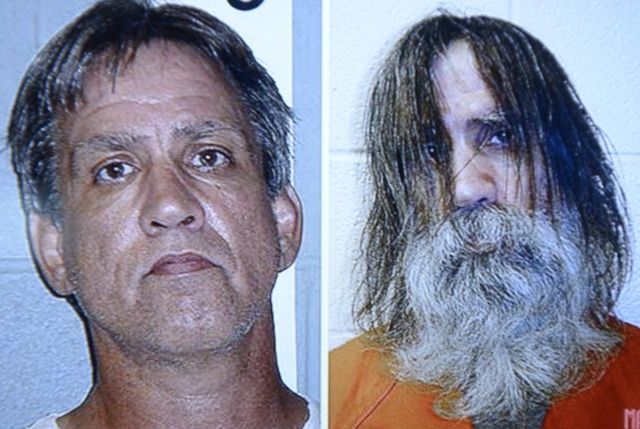
By stark contrast, his 2007 mugshot depicted a man with an unkept beard, messy hair, and a pastel-colored, gaunt face. For some, it may be hard to tell that it’s the same person.
By his own admission, he was a broken man upon his release.
After a few months of acclimatizing to his newfound freedom, the injustice of his ordeal finally hit Stephen.
Not only had he been denied a trial or a fair legal process, he had been made to suffer while locked up in solitary. Guards treated him horribly, his requests were immediately denied, and he was made to live in his filth for reasons still unknown to him.
To add insult to injury, the prison never offered an apology or made any immediate efforts to make amends.
They simply ejected Stephen from his concrete cell one day and left him to try and survive in a world he was no longer a part of.
In 2008, fueled by the injustice he suffered, Stephen finally filed a lawsuit against Dona Ana County. The suit claimed he was wrongfully imprisoned and endured neglect and inhumane treatment while incarcerated for a driving violation.
His case was a unique and unsettling glimpse into a seemingly broken justice system that had somehow allowed a man to disappear into solitary confinement without trial. It reinforced the idea that this kind of injustice could happen to anyone.
Stephen also argued that his rights were violated when jail staff had knowingly ignored his suffering.
The legal battle was long and complex, but Stephen persisted.
His attorneys presented overwhelming evidence of his continued neglect: medical records showing untreated conditions, testimony about the psychological toll of prolonged solitary confinement, and undeniable proof that officials had done nothing to intervene despite knowing the conditions he endured.
In 2012, after years of fighting for justice, Stephen was awarded a huge $22 million in damages. It was one of the largest settlements of its kind, a recognition of the sheer cruelty he had suffered.
Still, Stephen conceded that the money could never restore what he had lost in the years prior. He had spent almost two years in isolation, which all but destroyed his mental and physical health. These were things no amount of money could buy,
Tragically, during the trial, Stephen found he had late-stage cancer. He has sadly passed away since.
Sources
https://abcnews.go.com/US/prisoner-left-solitary-years-receives-155m-settlement/story?id=18677197
https://edition.cnn.com/2013/03/07/justice/new-mexico-inmate-settlement/index.html


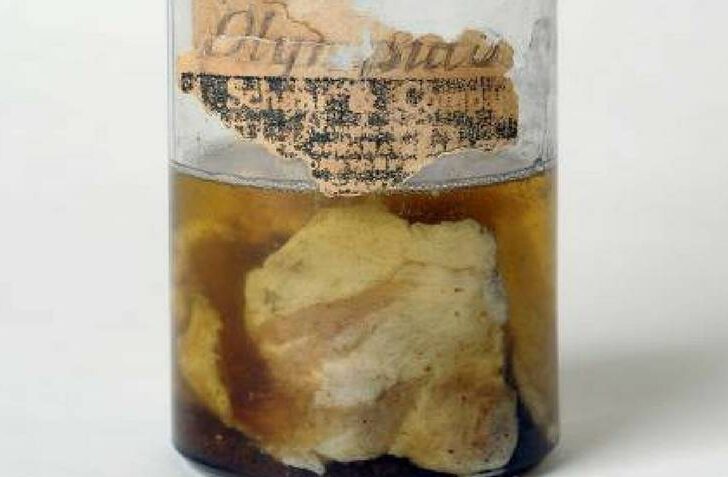



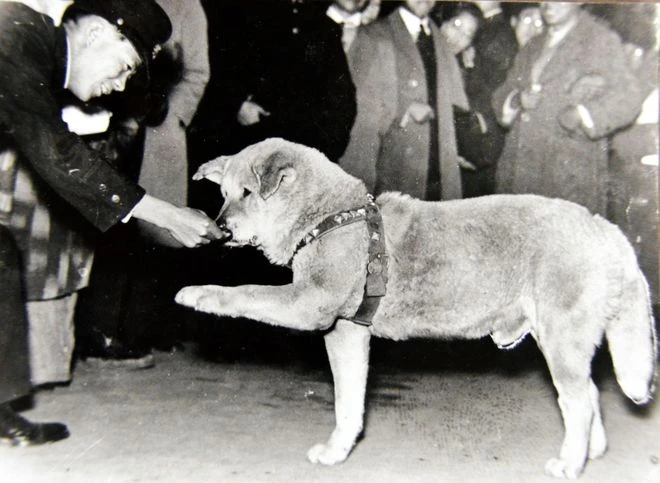
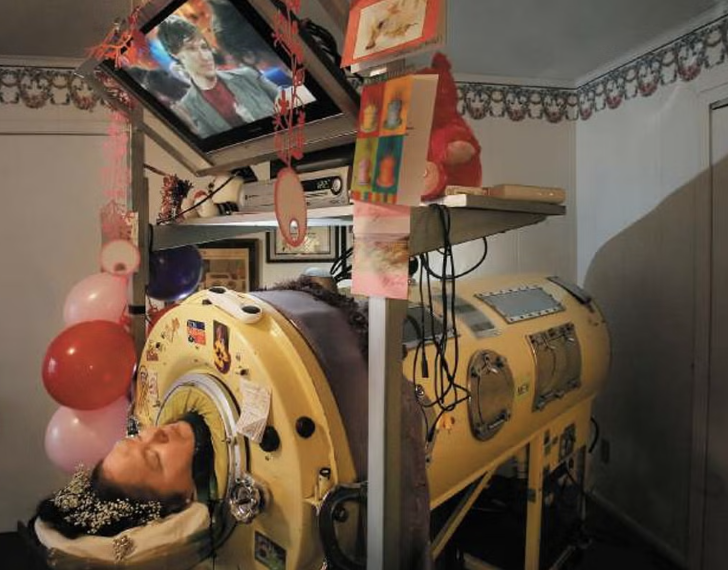
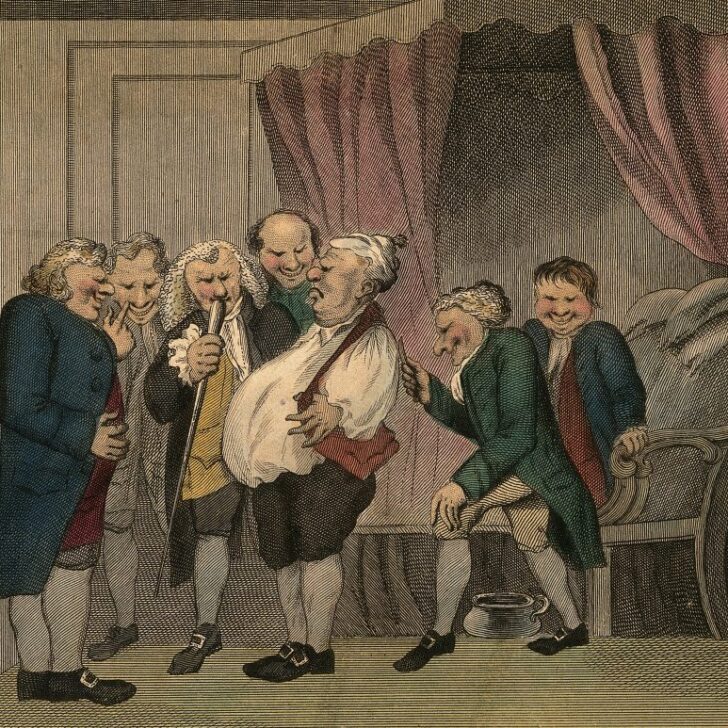
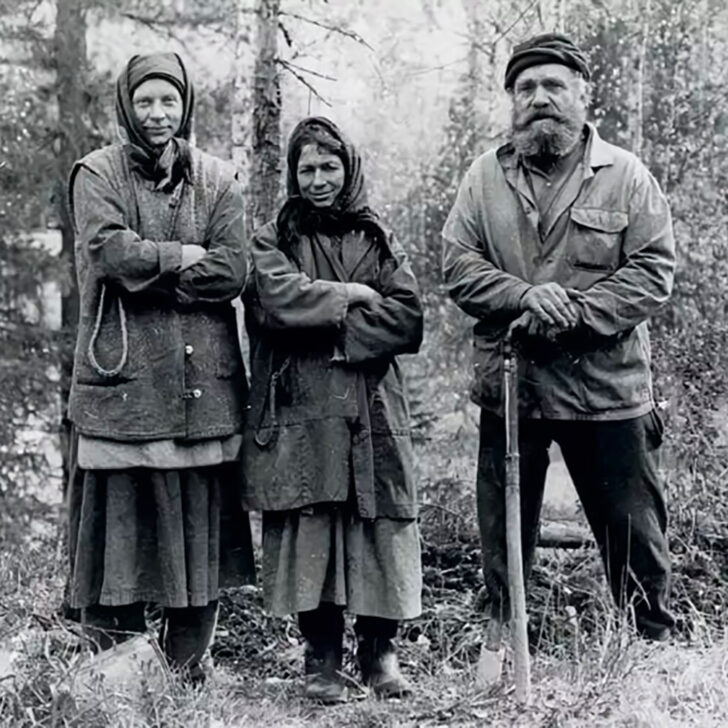



Leave a comment